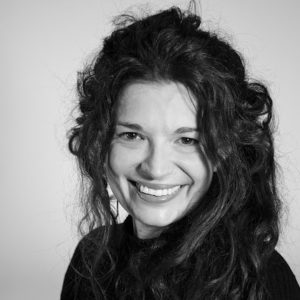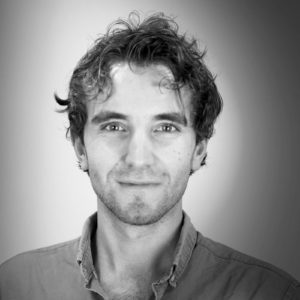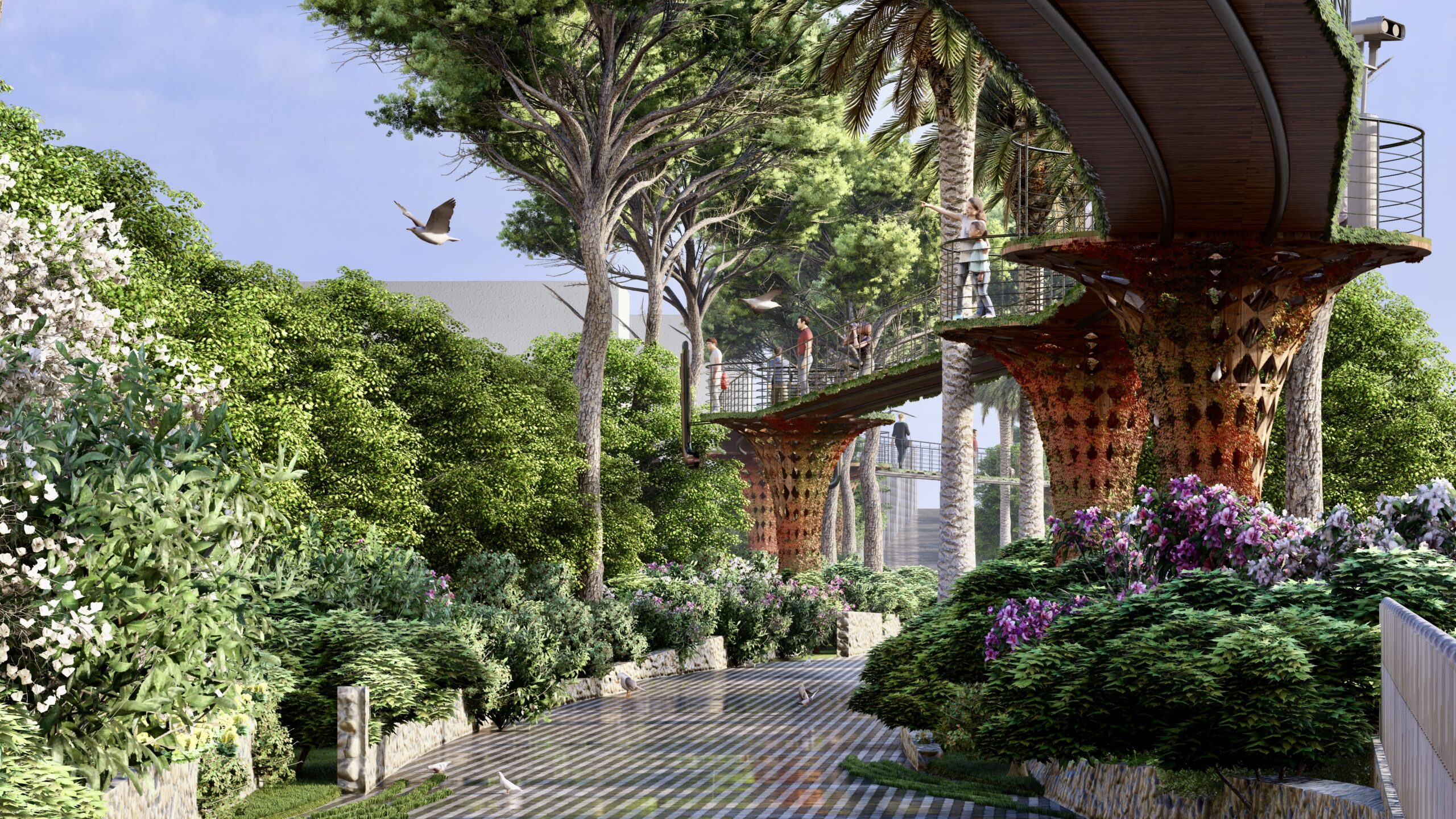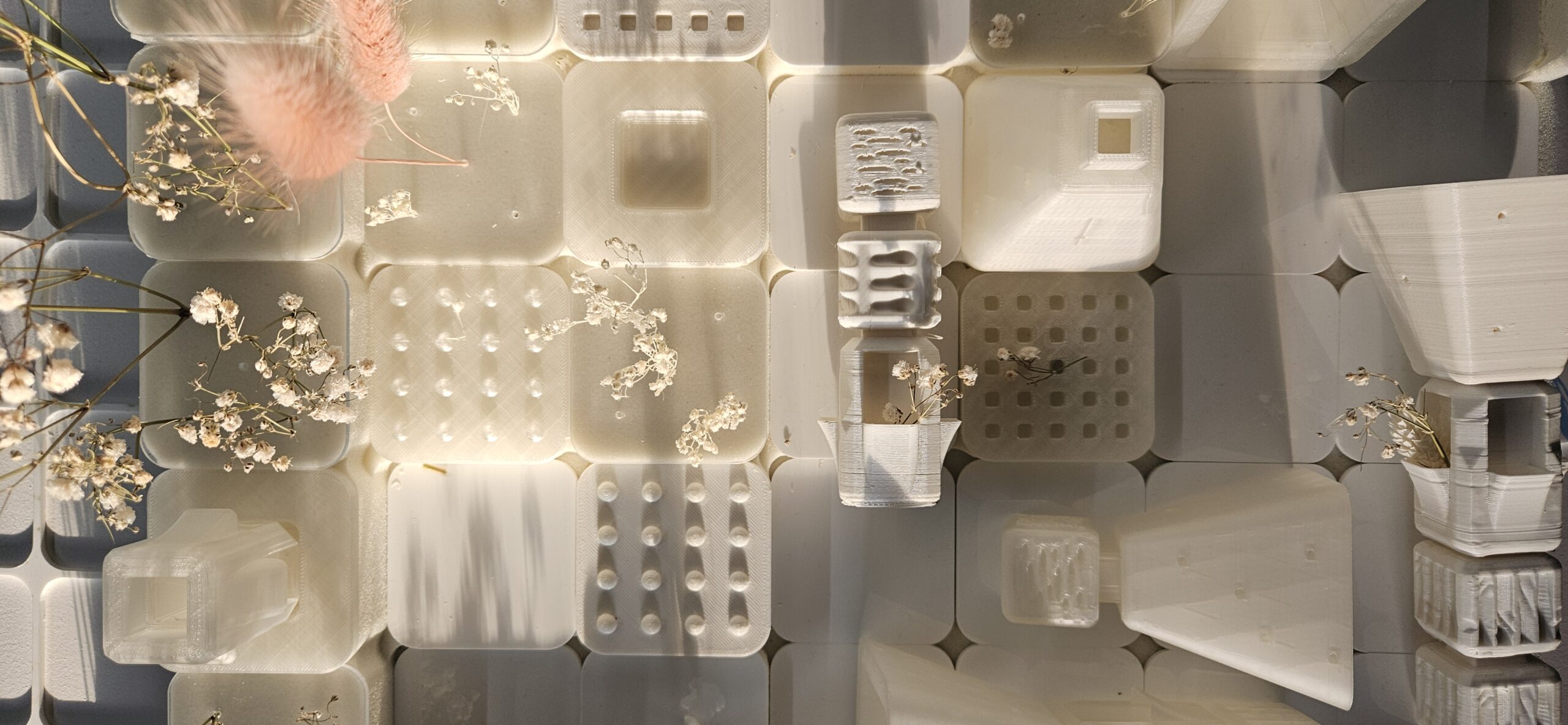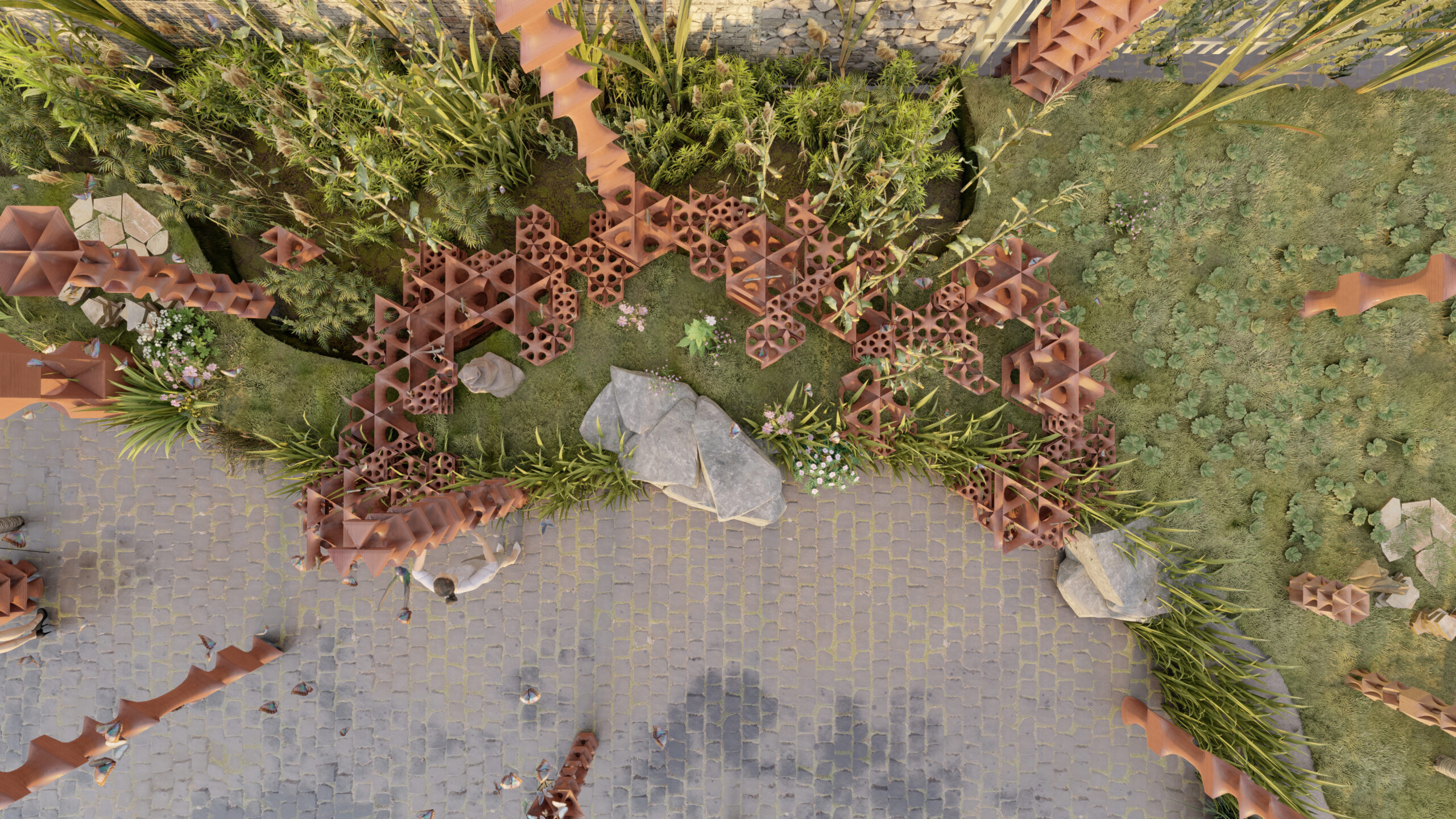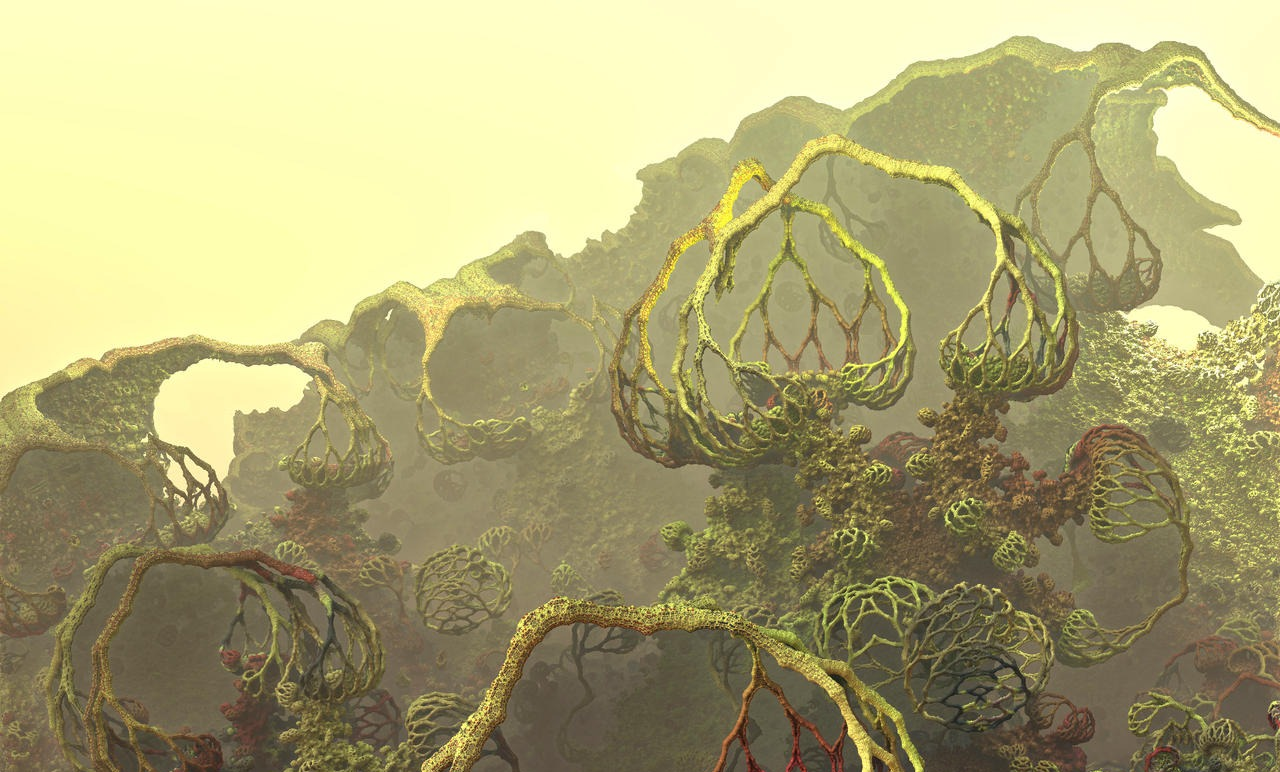
Credits: Landscape with grabbing branches, Janhein
During the last centuries cities have been planned for humans, accommodating their needs for shelter, production and exchange, and excluding nature if not for decorative purposes. Today there is a growing awareness about the impact of human activities and cities on our planet and the need for new visions for cities development, integrating mitigation and adaptation strategies. We have realised that living systems have the potential to provide cities with multiple ecosystem services, such as food, materials, energy production, climate control, water purification, or pollination, and for this reason during the last decade the implementation of Nature Based Solutions (NbS) has started to be tested in order to enhance urban areas’ resilience. There is a need to go beyond the greening and renaturing classical understanding, including non-human health dimension and planning cities considering holistically its living inhabitants (humans and non-human, including fauna and flora), investigating the needs of non-human species and their compatibility with human needs to find mutually beneficial holistic solutions that can improve health and well-being for both humans and non-human species and designing urban landscapes for all.
For this purpose, the application of new advanced technologies (simulation, parametric design, digital fabrication, etc.) helps us to harmonise and integrate the necessities of multiple stakeholders with a level of sophistication never available before. A variety of advanced technologies will be used to explore how to design in symbiotic relationship with nature. While using simulation techniques for the assessment and analysis of the site, parametric design methods will be used to create geometries that adapt site plan and small scale interventions to the analysis. Despite its sheer endless complexity, designing in harmony with nature and fostering biodiversity requires the exploration of innovative methods for data collection. Capturing signals from wildlife and plants, alongside mapping non-biotic factors such as temperature, sunlight, noise, and pollution, is essential for creating behavioural models of ecosystems. These models can inform design strategies that support and enhance natural environments, allowing architecture to become an active participant in the development of resilient ecosystems. Aligned with this vision is the emergence of a new era in materials and fabrication, where hyper specific geometries are brought to life through data-driven technologies such as CNC milling machines, laser cutters, and robotic fabrication. These advanced tools, guided by precise digital inputs, allow for the creation of highly customised forms and structures that were previously impossible to achieve through traditional methods. This shift not only pushes the boundaries of architectural design but also enables a closer integration with natural ecosystems, as fabrication can now respond to environmental data with higher accuracy. Architects can design and fabricate structures that are tailored to their surroundings, contributing to sustainable, site-responsive, and ecologically harmonious built environments.
The studio will deal with questions such as: How can we transform our cities in porous environments to re-integrate nature? How can digital technologies help us integrate living systems? Can we build the future of cities through a human-nature cooperative approach?
This course will give an answer to these questions developing visions, simulations, plans, roadmaps and prototypes for a real case study, the Besós River Mouth, in the Metropolitan Area of Barcelona.
Learning Objectives
At course completion the student will:
- Develop an understanding of environmental data collection and simulation
- Understand the relevance and potentials of Nature Based Solutions and Bio design in urban architecture
- Gain insight into ecological systems and their interactions with urban environments
- Develop a sensitivity in design with and for natural agencies
- Experiment with biomimicry and nature-inspired design
- Learn to apply digital design to fabrication workflows and bridge the gap from conceptual idea to prototype
- Explore holistic design approaches for urban landscape development


